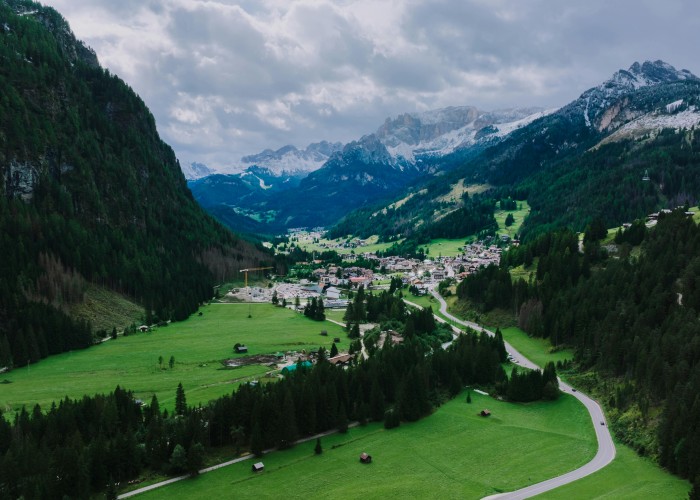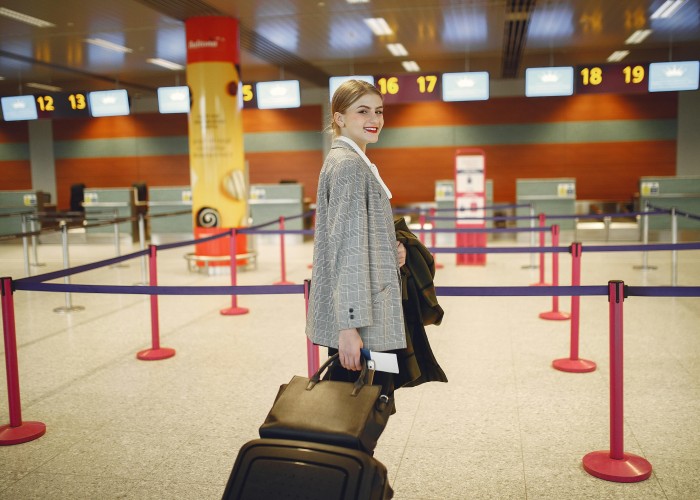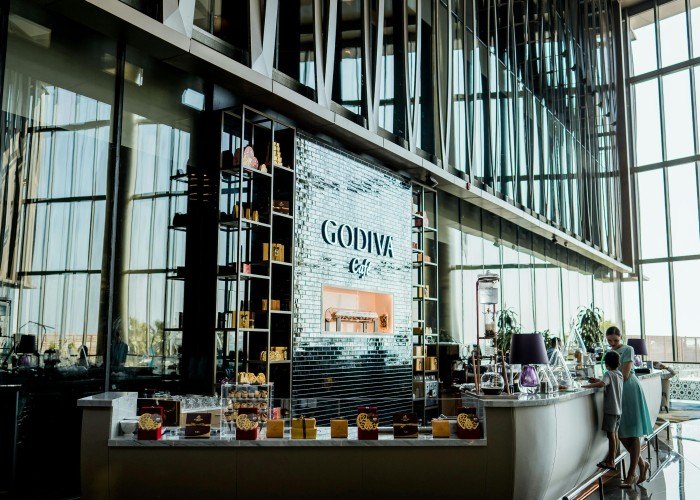Imagine walking among rose-hued peaks at dawn, each sunrise painting craggy towers in shades of pink while alpine meadows lie quietly at your feet. That’s the kind of magic the Rosengarten (Catinaccio) Traverse Trek brings. Framed by Italy’s Dolomite range, this route is a meaningful experience for hikers from the USA, UK, Australia, Germany—and beyond. Here’s your no-nonsense, friendly guide to planning and enjoying every kilometer of it. Rosengarten / Catinaccio Traverse Trek, Dolomites.
Overview: What Is It, Where Is It, and Why It’s Famous
The Rosengarten—or Catinaccio—traverse is a day or multi-day hike through a dramatic alpine amphitheater near Bolzano, South Tyrol. This area is renowned for its distinctive jagged peaks that glow rosy pink at sunrise, a phenomenon known locally as alpenglow. Trekkers navigate ridges, valleys, and high-altitude paths between mountain huts, under ever-shifting light and craggy silhouettes.
Its fame rests not only on beauty, but also on accessibility—offering high-mountain scenery without requiring technical climbing gear. Whether you hike from Passo Carezza toward Rifugio Vajolet or round a full multi-day traverse, the views are unforgettable.
Best Time to Visit
- Mid-June to early September is prime hiking season—snow has mostly melted and huts are open.
- July and early August provide full daylight and floral alpine scenery, though crowds are higher.
- Late June and early September offer fewer hikers, cooler air, and stable weather.
- Mid-September to October may still work but comes with higher chance of snow, hut closures, and limited daylight.
How to Reach the Trailhead
By Air
- Fly into Innsbruck, Verona, or Munich, then connect by train to Bolzano.
By Road and Rail
- Bolzano is well connected by rail from major Italian and Austrian cities.
- From Bolzano, local buses run to Passo Carezza, Karersee, or Vigo di Fassa, all good starting points.
Entry Fees and Permits
- No permit or trail fee is needed for hiking.
- Some parking near trailheads may require a small fee—typically a few euros, subject to change.
- Overnight stays in mountain huts involve lodging and meal costs—rates vary by season and hut.
Food Availability and Meal Options
- Mountain huts serve dinners and breakfasts—often hearty alpine fare like soups, polenta, pasta, and snacks.
- Trailhead towns such as Vigo di Fassa, Carezza, and Bolzano offer grocery stores, cafes, and local pastries. Rosengarten / Catinaccio Traverse Trek, Dolomites.
- It’s wise to carry snacks like nuts, fruit, and energy bars for between-hut stretches.
Packing List and Essentials
Clothing & Layers
- Moisture-wicking base layers
- Warm mid-layer (fleece or similar)
- Waterproof, breathable jacket and pants
- Sturdy hiking boots or shoes with good grip
- Hat, gloves, and sun protection (hat, sunglasses, sunscreen)
Gear
- Daypack (20–30 liters)
- Trekking poles (helpful on rocky terrain)
- Map, compass, or GPS (offline maps recommended)
- Headlamp with spare batteries
- Basic first aid and blister kit
- Water bottle or hydration system (1–2 liters capacity)
Optional
- Lightweight liner for hut bedding
- Portable charger for electronics
Safety Tips and Local Regulations
- Stay on marked trails—off-trail paths can erode sensitive flora and lead to unstable ground.
- Mountain weather changes fast; layer up and plan for rain even in summer.
- Many sections are exposed—use poles for balance and pace yourself.
- Inform hut staff or a local contact of your daily plan and expected return.
- Keep noise low near huts after evening—many hikers rest early.
- Dogs are allowed but must be leashed, especially in areas with livestock.
Tips for Beginners or First-Time Hikers
- Start with a short ridge day from Passo Carezza to Vajolet and back.
- Book your hut stays in advance during July–August.
- Train with elevation hikes before tackling high-altitude terrain.
- Use bounce checks for hiking options and choose segments based on fitness.
- Plan rest or resupply days in villages along the route—it’s both recovery and treat. Rosengarten / Catinaccio Traverse Trek, Dolomites.
Local Customs and Cultural Etiquette
- Greetings in Italian or German (“Buongiorno” or “Grüß Gott”) are appreciated—this is a bilingual region.
- In huts, be considerate—remove your boots inside and conserve communal spaces.
- Hiking reveals the region’s history; treat cultural ruins, chapels, and markers with respect.
- Practicing Leave No Trace ensures these paths stay pristine for future hikers.
FAQ Section (High-Search Keywords)
| Question | Answer |
|---|---|
| How long is the Rosengarten traverse trek? | A full loop can be about 25–30 km depending on route, often done in 2–3 days. |
| How difficult is the trek? | Moderate difficulty. Some steep or rocky parts, but no technical climbing gear required. |
| What is the highest elevation reached? | Trails cross passes around 2,800 meters above sea level, though huts are lower. |
| Are restrooms available? | Yes, in huts and at key trailheads—but not mid-trail between huts. |
| Can I hike it in one day? | Yes, day hikes between rifugios are popular—especially from Passo Carezza to Vajolet and back. |
| Is mobile signal reliable? | Good in towns and huts; less reliable on ridges. Bring offline maps. |
| Is it suitable for children? | Older, sure-footed children with hiking experience can manage day stages. |
| Are dogs allowed? | Yes, but leash and distance from wildlife and livestock are a must. |
| What about parking? | Parking near trailheads be priced at a few euros per day (subject to change), so check locally. |
Final Thoughts
The Rosengarten traverse is a journey through alpine art—every view framed in vertical cliffs, shadowed meadows, and light that shifts with clouds. It’s a trek rich with emotion, simplicity, and quiet mountain poetry. Rosengarten / Catinaccio Traverse Trek, Dolomites.






Leave a Reply